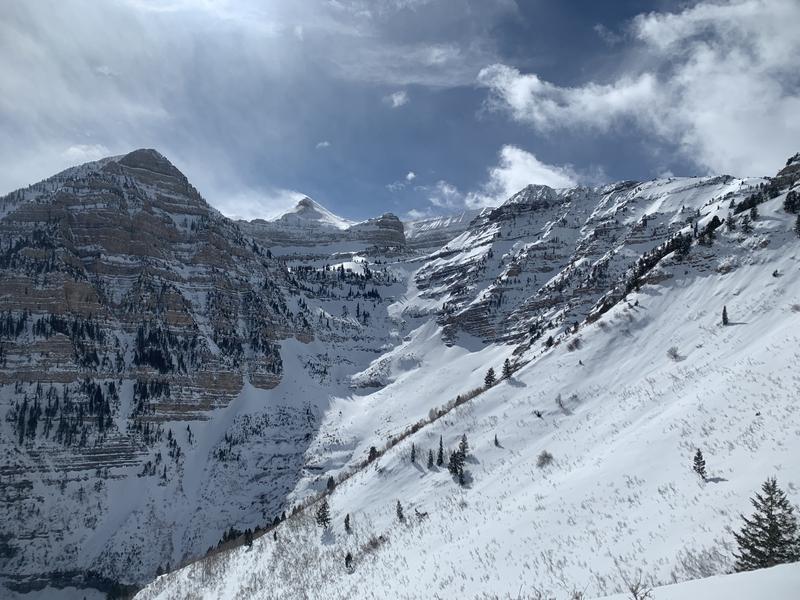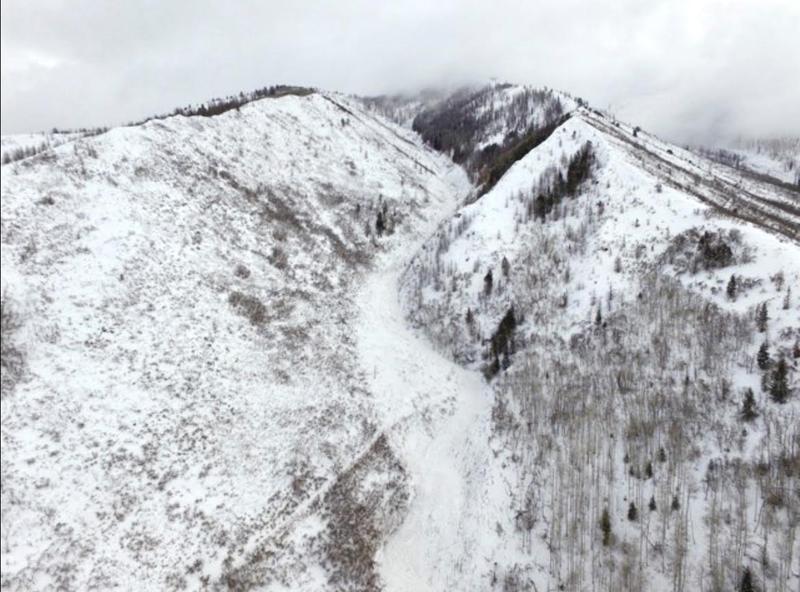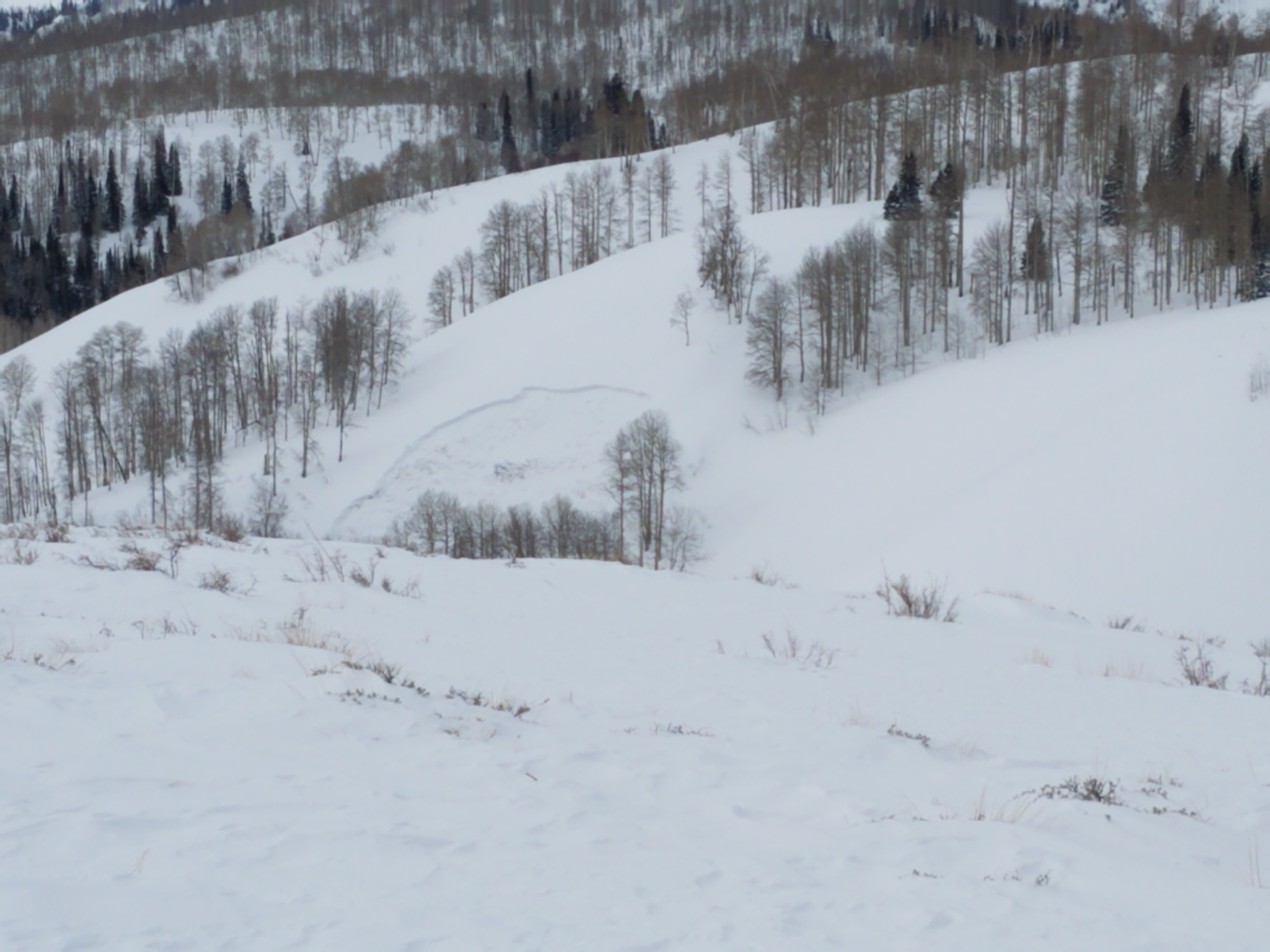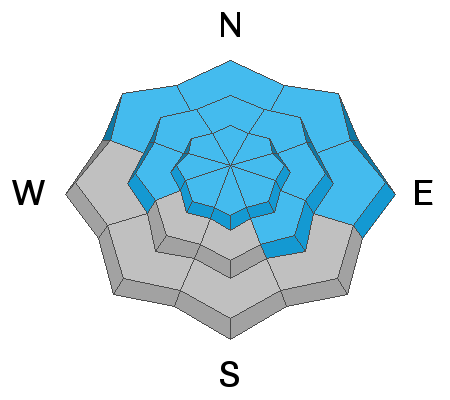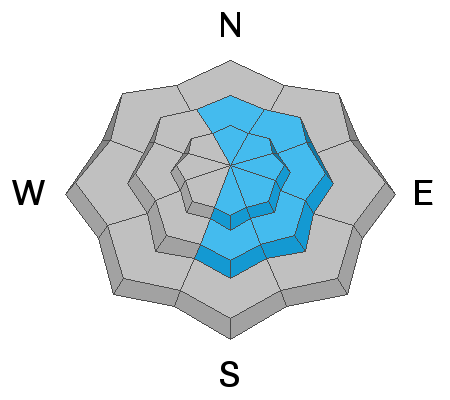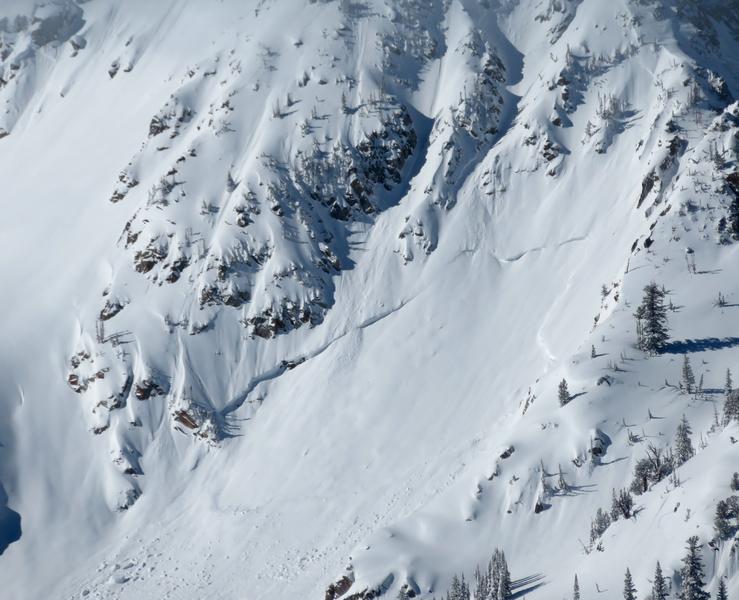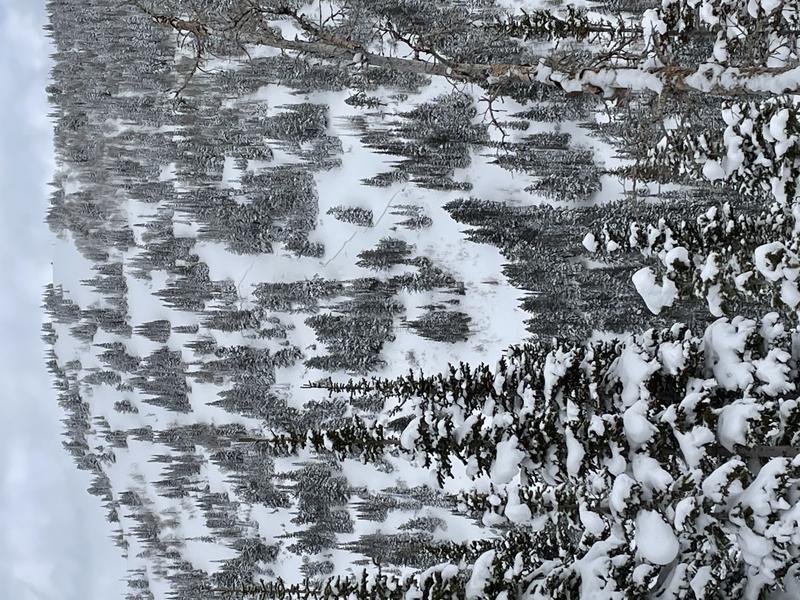Forecast for the Provo Area Mountains

Issued by Drew Hardesty on
Sunday morning, February 21, 2021
Sunday morning, February 21, 2021
Areas of CONSIDERABLE avalanche danger exist on many slopes of the mid and upper elevations. Considerable means that dangerous human triggered avalanches are likely. The danger is more prevalent on west to north to southeast facing slopes and on any recently wind drifted terrain. Cornices are to be avoided.
All the experienced backcountry riders I know are setting wide margins of safety and continue to rule out steep terrain for now.
The Good News: Safe and enjoyable powder can be found on low angle slopes with no overhead hazard.
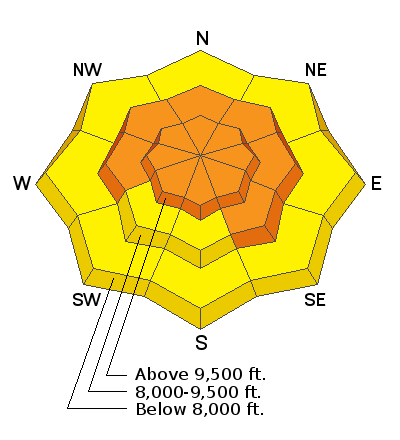
Low
Moderate
Considerable
High
Extreme
Learn how to read the forecast here


